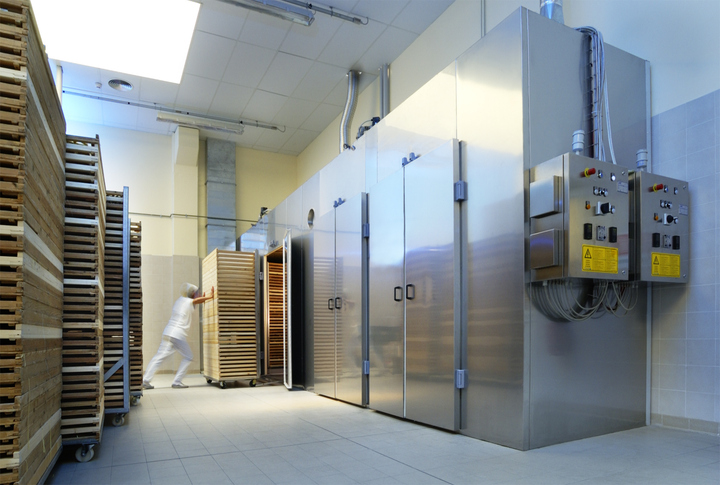
Temperature monitoring is a critical component of many industrial and commercial operations, ensuring product quality, equipment functionality, and regulatory compliance. However, the process comes with unique challenges that demand precise solutions.
- Diverse Applications
Temperature monitoring requirements vary widely — from maintaining precise conditions in cold storage facilities to tracking thermal efficiency in industrial processes. Each application demands tailored monitoring systems suited to specific environments and tolerances.
- Accuracy and Precision
Ensuring accurate and precise temperature readings is vital, especially in sectors like healthcare or food storage, where slight deviations can lead to significant consequences. Calibrating sensors and ensuring stability in extreme conditions adds to the complexity.
- Sensor Placement
Placing sensors in the right location is critical for capturing representative data. Misplaced sensors can lead to inaccurate readings, affecting process efficiency and product quality.
- Environmental Challenges
Temperature sensors must operate reliably in diverse conditions, from high heat in manufacturing facilities to freezing temperatures in cold chain logistics. Dust, humidity, and vibration further complicate sensor performance.
- Data Integration
Temperature data must often integrate seamlessly with larger monitoring systems, such as building management systems (BMS) or IoT platforms. Ensuring compatibility and real-time communication across devices adds to system complexity.
- Compliance and Reporting
Industries like pharmaceuticals, food processing, and manufacturing are subject to strict temperature regulations. Monitoring systems must not only maintain precise conditions but also provide auditable records for regulatory compliance.
- Alarm Systems and Response
An effective monitoring system must include real-time alarms for deviations, coupled with a robust response strategy to mitigate risks swiftly. Designing systems with these capabilities is both technical and strategic.
Solutions for Complex Monitoring
Advanced temperature monitoring systems simplify these challenges by offering:
- High-precision sensors tailored to specific environments.
- Wireless connectivity for flexible sensor placement and data collection.
- Real-time analytics to detect anomalies and ensure compliance.
- Scalable integration with existing infrastructure.
Partnering with experts like Elcomponent Ltd ensures that businesses implement temperature monitoring systems that are not only accurate but also resilient and compliant. With the right solutions, organisations can navigate the complexities of temperature monitoring and maintain optimal performance across operations.
